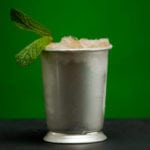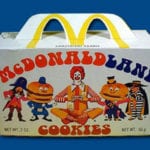 Mysteries
Mysteries  Mysteries
Mysteries  History
History 10 Surprising Stories About the Texas Rangers
 Humans
Humans 10 Philosophers Who Were Driven Mad by Their Own Theories
 Miscellaneous
Miscellaneous 10 Video-Game-Worthy Weapons and Armors from History
 Weird Stuff
Weird Stuff 10 Psychics Who Accurately Predicted Wartime Events
 The Arts
The Arts 10 Pieces of Art Inspired by a Broken Heart
 Health
Health 10 Science Fiction-Sounding New Medical Treatments
 History
History 10 Surprising Facts About the Father of Submarine Warfare
 Space
Space Ten Astonishing New Insights into Alien Worlds
 Weird Stuff
Weird Stuff 10 Bizarre Summer Solstice Rituals Still Practiced Today
 Mysteries
Mysteries Top 10 Haunting Facts About the Ghost Ship MV Alta
 History
History 10 Surprising Stories About the Texas Rangers
 Humans
Humans 10 Philosophers Who Were Driven Mad by Their Own Theories
Who's Behind Listverse?

Jamie Frater
Head Editor
Jamie founded Listverse due to an insatiable desire to share fascinating, obscure, and bizarre facts. He has been a guest speaker on numerous national radio and television stations and is a five time published author.
More About Us Miscellaneous
Miscellaneous 10 Video-Game-Worthy Weapons and Armors from History
 Weird Stuff
Weird Stuff 10 Psychics Who Accurately Predicted Wartime Events
 The Arts
The Arts 10 Pieces of Art Inspired by a Broken Heart
 Health
Health 10 Science Fiction-Sounding New Medical Treatments
 History
History 10 Surprising Facts About the Father of Submarine Warfare
 Space
Space Ten Astonishing New Insights into Alien Worlds
 Weird Stuff
Weird Stuff 10 Bizarre Summer Solstice Rituals Still Practiced Today
Top 10 Myths You Still Believe About Your Favorite Treats
Most of us have a favorite candy or cookie. It can be easy to get excited about or buy into trending beliefs around them. But some of these tales are myths, and it’s time to shed light on the truth. Here are the top ten myths of famous treats you need to stop believing.
Top 10 Strangest Flavoured Foods And Drinks Ever
10 Oreos are 100% Vegan
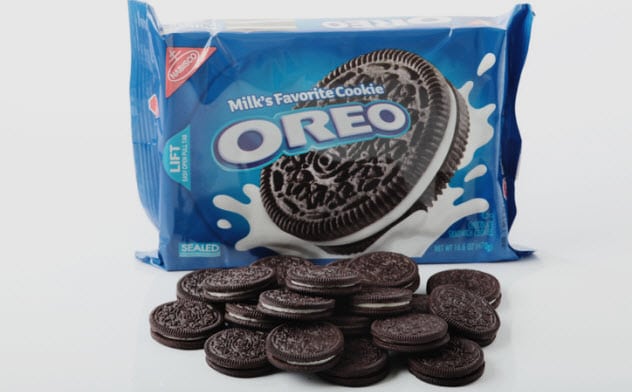
In 2017, Oreos were the top-selling cookie brand in the United States with 710 million dollars in sales. Some vegans were excited to learn that the popular Oreo cookie is vegan. However, these rumors are not true. As explained on the U.K.’s official Oreo website, they are unsuitable for vegans because they have milk as cross-contact. Cross-contact means the cookies or equipment used to produce them may have small amounts of milk on them, making the cookies contain trace amounts of milk. If you want a 100% vegan version of the Oreo, you may have to bake some homemade ones.
It was also not until December 1997 that Oreos become vegetarian-friendly and declared Kosher by the Orthodox Union (O.U.). Nabisco, the company that produced Oreos, made this conversion because many major ice cream companies in America wanted to make products with real Oreos. The problem was, the crème filling contained lard, aka pork fat. Nabisco had to convert about 100 baking ovens that were nearly the length of a football field. It took almost three years.
9 Eating Cookie Dough Is Deadly
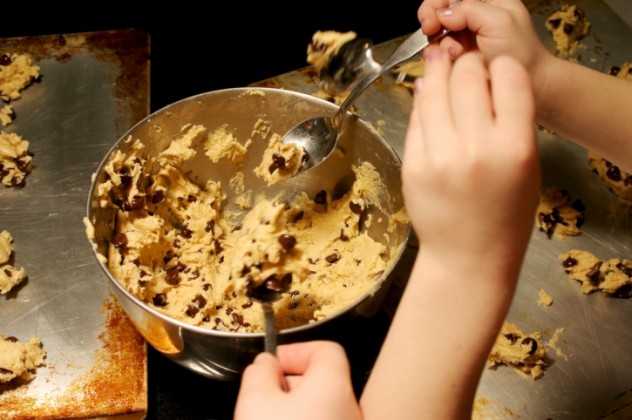
If your parents or grandparents have ever told you to stop eating the cookie dough or you’ll get sick, they may have deprived you of the fun part of baking. Despite popular belief, eating cookie dough with raw eggs in them will not kill you. Raw eggs can be just as nutritious as cooked eggs. Although there is a small risk of salmonella poisoning, the chances are very low. One study found only one out of every 30,000 eggs produced in the United States is contaminated with salmonella. Contamination has also been significantly lower since the 1990s due to improved technologies in egg processing. If you are one of the rare unlucky people, you may get diarrhea, but the cookie dough won’t kill you.
8 Gum Stays in Your Stomach for Seven Years

Despite what you may have heard from your parents or teachers, gum will not get stuck to your stomach for seven years. Your body may not break it down, but it will come out the other end. It’s flexible enough to pass through your digestive tract and unlikely to obstruct your intestine as large food items can. In rare instances, a kid swallowing a lot of gum and already suffering from constipation could experience obstruction.
Well-known companies like Wrigley have been manufacturing gum since the 1890s. To attract consumers in 1907, Wrigley advertised gum as more of a medicine than candy by saying it soothes nervous stomachs and stressed-out minds. It turns out, recent studies have shown that chewing sugar-free gum can increase teeth health, reduce cavities, relieve stress, and boost memory. In 1999, a study estimated the world market for gum at 560,000 tons per year. About 374 billion pieces of gum were sold globally every year. If someone chews each piece for 30 minutes, that’s 187 billion hours of gum-chewing. So not only will you pass gum if you swallow it, but it could also help you with other health issues.
7 Twinkies Last Forever
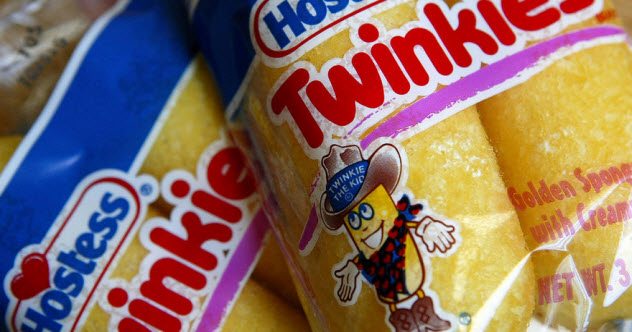
Despite the belief twinkies will outlast humans in an apocalypse or be our main food source as we attempt to survive one, they do expire. Hostess, the company that produces Twinkies, says their product remains fresh for 25 days in a cool location. Not only do Twinkies expire, but they almost became extinct when Hostess filed for chapter 11 bankruptcy in November 2012. Luckily, the production of Twinkies started again after eight months.
So, how did the rumor start? The most likely source that Twinkie’s will survive an apocalypse is from an old Family Guy episode. Additionally, they contain no dairy or eggs and are sealed in cellophane, meaning they could last longer without looking rotten. Their freshness or edibility may still be compromised, though.
6 You will Explode Drinking Soda With Pop Rocks
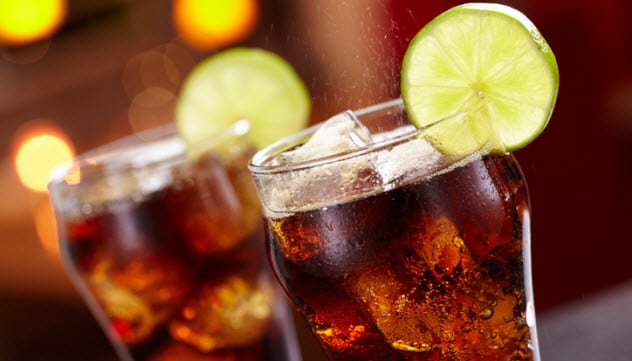
Combine a fizzy drink with crackling Pop Rocks, and it does sound like you could explode. However, all you’ll get is a lot of gas. There’s a long-time rumor that “Little Mikey” in the Life cereal commercials from the 1970s and 1980s died from an exploding stomach. While there is uncertainty on how this rumor started, we know that Little Mikey survived his childhood and still enjoys Life cereal today. In 2012, John Gilchrist, who played Mikey, shared with Newsday: “The folklore is that I ate Pop Rocks, the exploding candies, and I drank a soda, and my stomach blew up.”
Pop Rocks get their popping sensation from pressurized carbon dioxide. When you mix them with carbonated soda, all their gas releases and creates even more carbon dioxide. To see this build-up in gas, try a simple science experience:
* Use a bottle of soda, Pop Rocks, and a balloon.
* Put the soda and candy in the balloon and see the gas inflate it as it builds up.
Imagine replacing your stomach with the balloon, and all you’ll get is a big burp. While you won’t die, a lot of gas can prove to be painful. In 2001, the Janze family from Alamo, California, filed a lawsuit against Baskin-Robbins’ Shrek Swirl ice cream that contained Pop Rocks after their 5-year-old daughter Fifi went to the hospital. The doctors had to remove gas from her stomach.
5 The Hole in Lifesavers Saves Lives
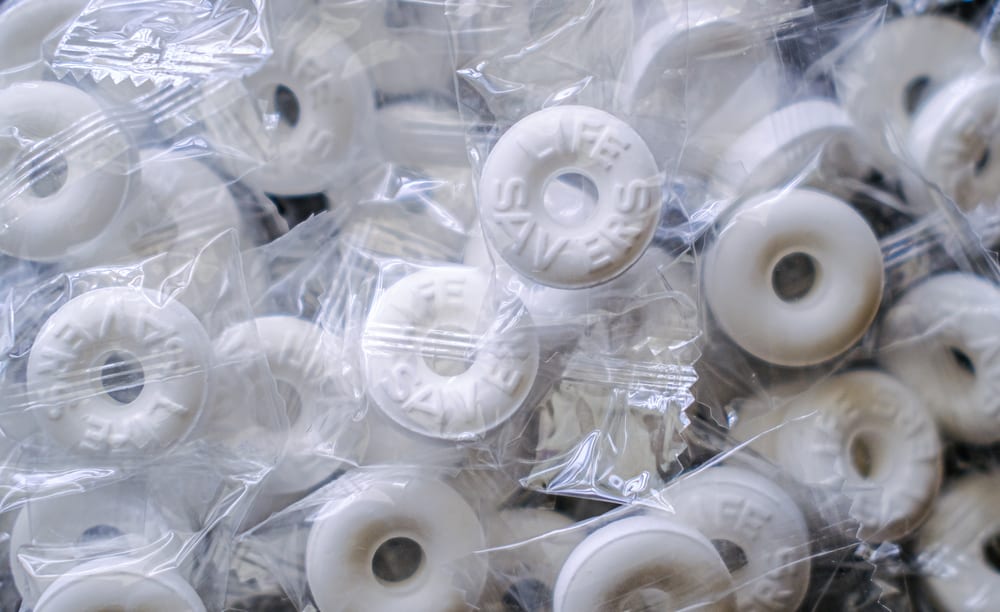
There is a myth around the origin of the candy Lifesavers and why their inventor, Clarence Crane, decided to put a hole in them. The story goes that his daughter died choking on a mint, so he created a mint with a hole in it that’s safer. The hole prevents you from choking. Not true.
While Crane did lose a son years after he invented Lifesavers, he created the mint with a hole to look unique. In 1912, Crane, from Cleveland, Ohio, was a chocolate maker who wanted a product that didn’t melt in the summer. A trip to the pharmacist inspired Crane to make a circular mint. He decided to punch a hole in them so the candies would stand out from the European mints at the time. Crane called them Lifesavers because they looked like mini life preservers.
4 White Chocolate Isn’t Chocolate
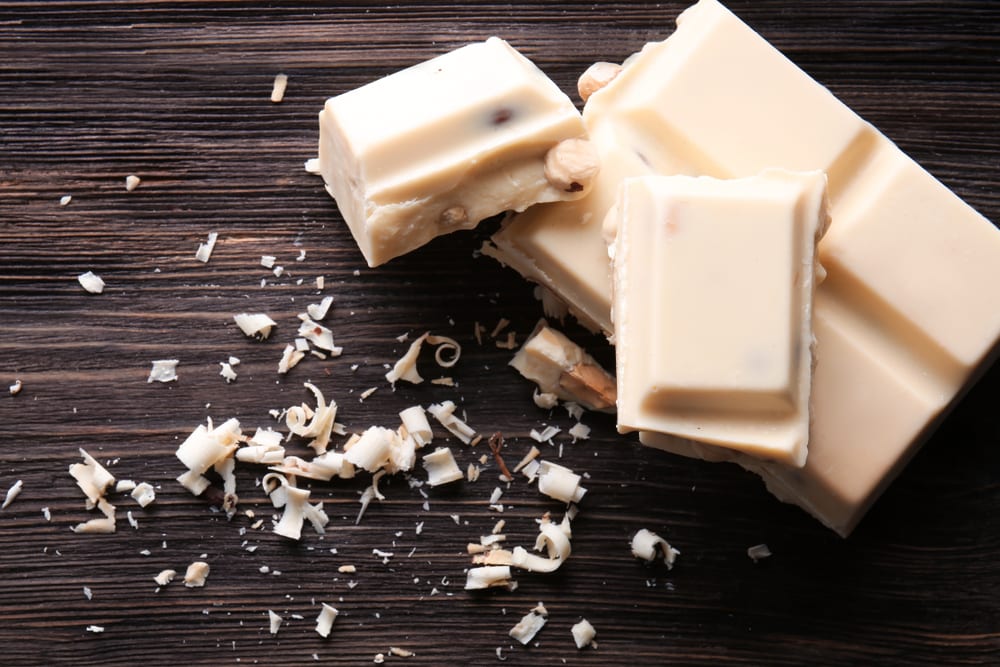
Someone may have told you that you aren’t eating “real” chocolate when you have white chocolate. While this could have some technical truths in it, there is a myth around the claim. White chocolate may not contain any cacao nibs like milk chocolate and dark chocolate, but it contains cocoa butter. A cocoa bean contains approximately equal amounts of cocoa butter and cacao nibs. According to European and American regulations, white chocolate must contain at least 20 percent of cocoa butter to qualify as chocolate. So, it is a product made from cocoa beans.
David Lebovitz, a pastry chef and cookbook author, has defended white chocolate by saying it’s pointless to bicker about the details. He states we call various things hamburgers, even when it isn’t made of ham, and milkshakes are mostly blended not shaked anymore. So, why not let cocoa butter qualify as chocolate?
3 Candy Canes Were a Christian Symbol
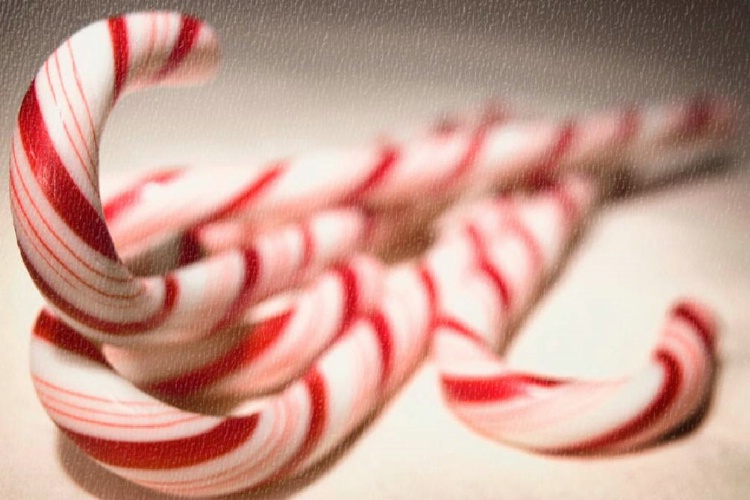
Candy Canes are shaped like a “J” to represent Jesus’s name and handed out during Christmas around his birthday, so it must be a Christian symbol, right? Unfortunately, this is not true. A common story that spreads this myth is that a candymaker in Indiana invented the candy cane to include the following Christian symbols:
* Pure white candy to represent the Virgin Birth.
* Hard candy symbolizing the solid, firm foundation of the Church and God’s promises.
* The J shape represents Jesus and the staff of the Good Shepherd.
* Red stripes for the bloodshed by Jesus on the cross.
According to the Smithsonian, the first inventions of hard candy sticks came during the 17th century, long before Indiana became America’s 19th state in 1816. For this reason, a candymaker in Indiana unlikely invented it. The introduction of the candy cane to Christmas in America is often associated with a German immigrant in Ohio, August Imgard.
2 Sugar-free Candy is Harmless to Teeth
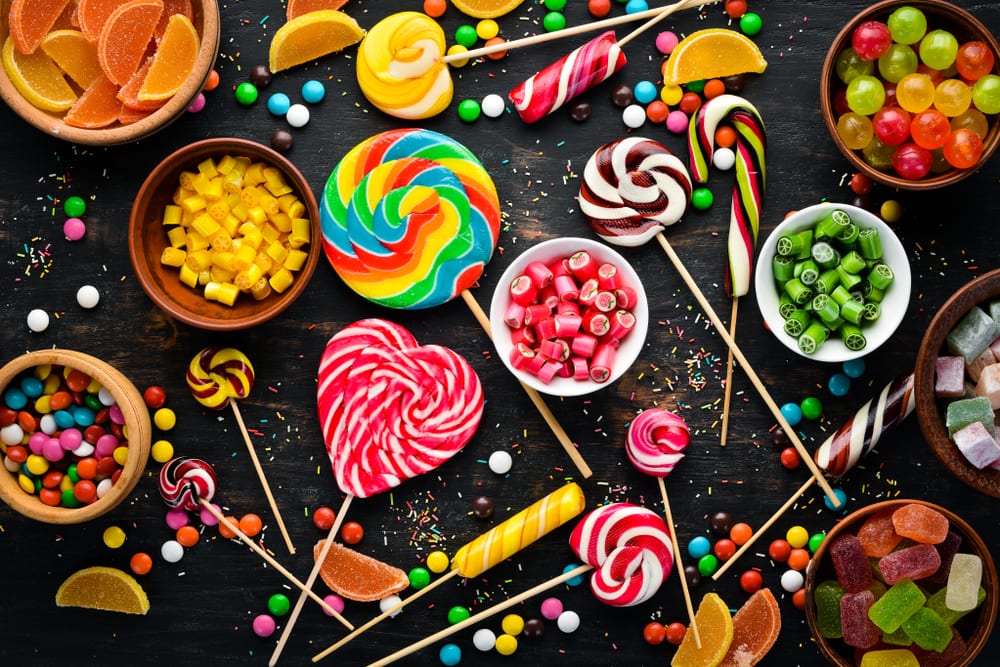
Sugar-free means healthier, so healthier must mean harmless to your teeth. It’s not that simple. Sugar-free candy is still sweetened using artificial sweeteners, and some of these are harmful. Any fruit-flavored product, especially ones with citric acid, can cause tooth erosion. Additionally, chewy candies without sugar, such as caramels and lollipops, can leave residue between the teeth. Sugar doesn’t cause cavities. The bacteria feasting on residues left between your teeth are what erodes the enamel and creates cavities. So, despite popular belief, sugar-free candy can still be a culprit for your teeth.
1 Fortune Cookies Are From China
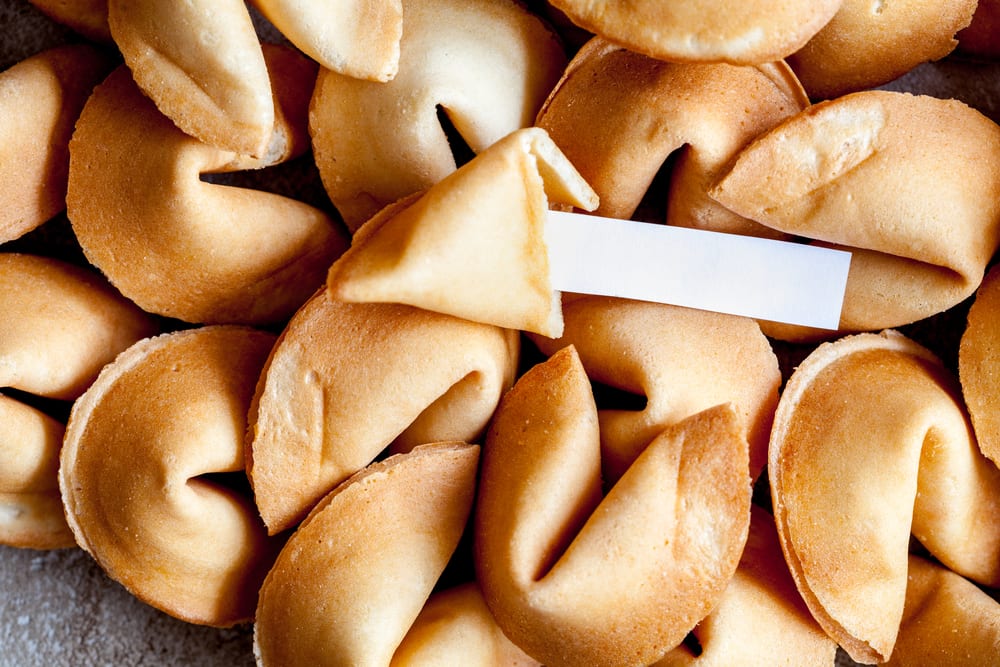
Since we get fortune cookies after eating at a Chinese restaurant, they must be from China, right? Not true. Fortune cookies aren’t part of Chinese culture at all. Japanese Americans invented this vanilla-flavored cookie in California. The concept of placing a fortune in a cookie originated in Kyoto, Japan. In the 1870s, confectionary shops in Kyoto had crackers called “tsujiura senbei,” or “fortune crackers” shaped similar to the fortune cookies we are familiar with today. However, these crackers were larger and made with sesame and miso. Fortune cookies most likely came to the United States with Japanese immigrants between the 1880s and early 1900s. Japanese bakers had shops in Los Angeles and San Francisco, where sources claim are the two cities that invented the vanilla and butter-flavored version of fortune cookies.
But how did they end up in Chinese restaurants? According to Jennifer Lee, author of the book “The Fortune Cookie Chronicles: Adventures in the World of Chinese Food,” Japanese people started opening Chinese restaurants at the beginning of the 20th century because Americans didn’t like raw fish. Instead, Americans wanted chop suey, chow mein, egg foo young. When the U.S. sent Japanese Americans to internment camps, and their businesses closed during World War 2, Chinese Americans took over the production of fortune cookies. In 2014, the Boston Globe released an article on the Wonton Food’s fortune cookie factory in Queens, New York, and reported they make 4 million cookies every day. And this is only from one factory in the U.S.!
10 Fascinating Facts About Soda
About The Author: Sara enjoys research, art, and seeking a sustainably fun life, balancing physical and mental health. Read more on how she explores, learns, and balances all her interests here.



